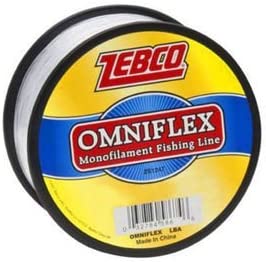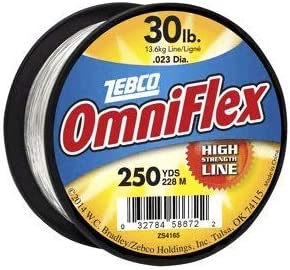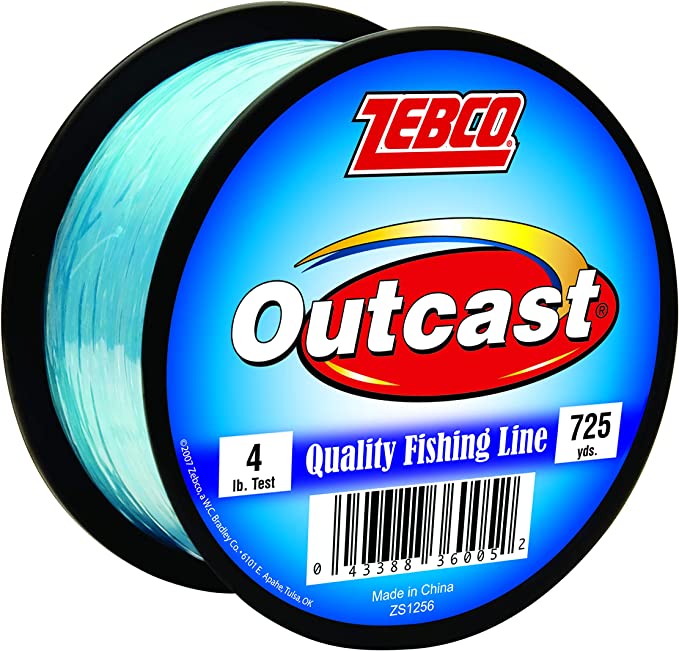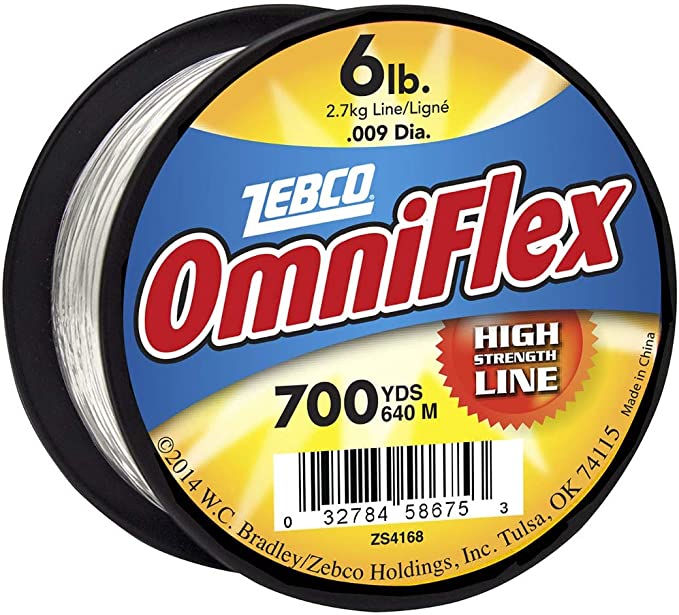From Silk to Science: The Hidden Physics of Modern Monofilament Fishing Line
Update on Aug. 2, 2025, 7:18 a.m.
Before the hiss of a modern cast could send a lure soaring, the connection between angler and fish was a fragile, organic affair. For centuries, the line was a testament to patience and craft, painstakingly braided from horsehair or spun from fine silk. It was a link that was strong for its day, but prone to rot, inconsistent in strength, and demanding of constant care. A connection to the aquatic world, yes, but a tenuous one.
Then, in the mid-20th century, a revolution born in a chemical laboratory fundamentally and permanently altered the sport. This revolution wasn’t a new rod or reel, but a fiber: nylon. Initially a military secret used for parachutes and ropes during World War II, this miracle material flooded the consumer market in the post-war boom. For anglers, the arrival of the first nylon monofilament lines was nothing short of transformative. Suddenly, here was a line that was smooth, waterproof, and possessed a consistent, predictable strength. To understand the profound impact of this innovation, we can dissect a modern descendant, like the Zebco 50lb Test Omniflex Monofilament Fishing Line, and uncover the layers of science that lie within its single, translucent strand.
The Anatomy of a Modern Mono: Strength and Stretch
The defining characteristic of a monofilament line is found in its name: it is a single filament, produced through a process called extrusion, where molten Nylon polymer is forced through a die to form a continuous strand. This simple structure is the source of its greatest strengths and its most notable compromises.
The first thing an angler considers is strength. This Zebco line is rated as 50lb Test, a measure of its breaking strength. This immense power is directly related to its physical size—a diameter of 0.029 inches. This isn’t just a number; it’s the result of a fundamental engineering principle. Tensile strength, the ability to resist being pulled apart, depends on the material’s integrity and its cross-sectional area. A thicker line simply has more polymer chains to bear the load. But this creates the angler’s first great trade-off: strength for stealth and castability. A thicker line is more visible to wary fish and catches more resistance from wind and water.
Yet, within that diameter lies a hidden ally: elasticity. Nylon is a type of polymer known as a polyamide, whose long molecular chains are coiled and tangled like microscopic springs. When a heavy fish makes a sudden, powerful run, these chains uncoil and stretch, absorbing the shock. This property acts as a built-in shock absorber, protecting your knots from sudden failure and preventing a hook from tearing free. It’s this forgiving nature that has made monofilament a trusted choice for decades, especially when fighting aggressive fish.
The Angler’s Dilemma: The Memory of a Coil
Every technology has its trade-offs, and monofilament’s is famously described in a user review of this very line: it “jumps off the fishing rod reel like a spring, next thing you know you have a literal tangled mess.” This frustrating phenomenon is known as line memory.
This isn’t a defect, but an inherent property of the material science. When the line is stored tightly wound on a spool, the polymer chains, under constant pressure, slowly shift and settle into this new, coiled shape. This is a form of plastic deformation—the material “learns” its new position. When you go to cast, the line attempts to retain its coiled memory, springing off the reel in unruly loops. Thicker, harder lines, like a 50lb test, have more material and stiffness, making this effect far more pronounced. Understanding this allows an angler to work with the line, not against it, using techniques like pre-soaking in warm water to help relax the polymer chains before spooling.
The Cloak of Invisibility: The Physics of Stealth
In a surprising twist, one user found an entirely different application for this fishing line: constructing a deer fence that worked because the animals “couldn’t understand what was holding them back.” This anecdote brilliantly illustrates the final piece of our scientific puzzle: the physics of near-invisibility.
A material’s visibility in water is governed by its refractive index. Think of it as a measure of how much light bends when it passes from one medium (water) into another (the line). If the refractive indices are very different, the light bends sharply, making the object highly visible. The magic of clear nylon monofilament is that its refractive index is remarkably close to that of water. Light passing through it is only slightly disturbed, creating a stealthy presentation that is difficult for fish to detect. It isn’t truly invisible, but it’s an excellent optical compromise, a cloak of invisibility woven from pure physics.
Ultimately, the spool of Zebco Omniflex line sitting on a store shelf is more than a tool; it’s a testament to a scientific journey. It represents a bundle of brilliant compromises engineered decades ago—the balance of raw strength against diameter, the forgiving stretch against the stubbornness of line memory, and the simple elegance of optical physics. The truly skilled angler is also a practical scientist, one who understands these properties not as abstract concepts, but as tangible forces that dictate every cast, every retrieve, and every heart-pounding battle. The next time you feel the hum of a taut line, remember the unseen science connecting you to the world beneath the waves.























